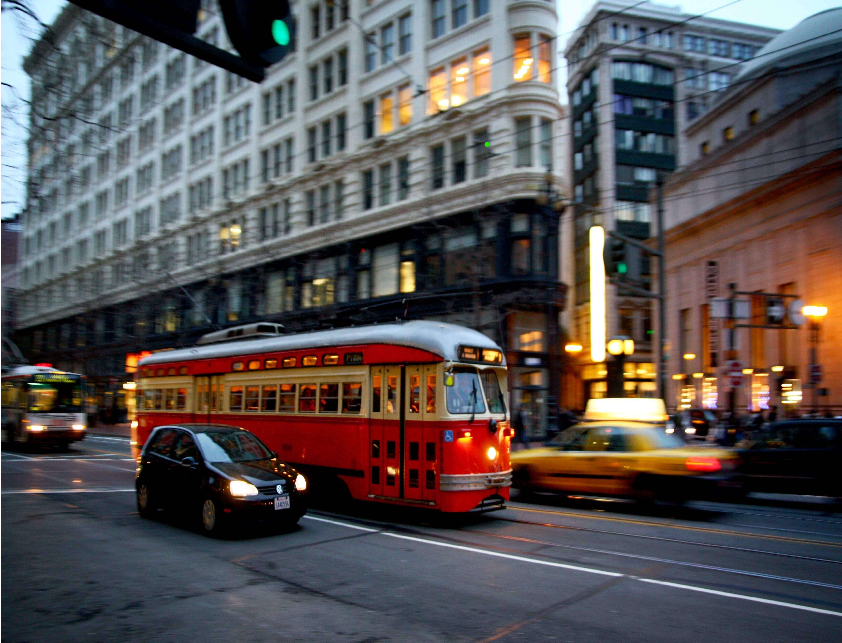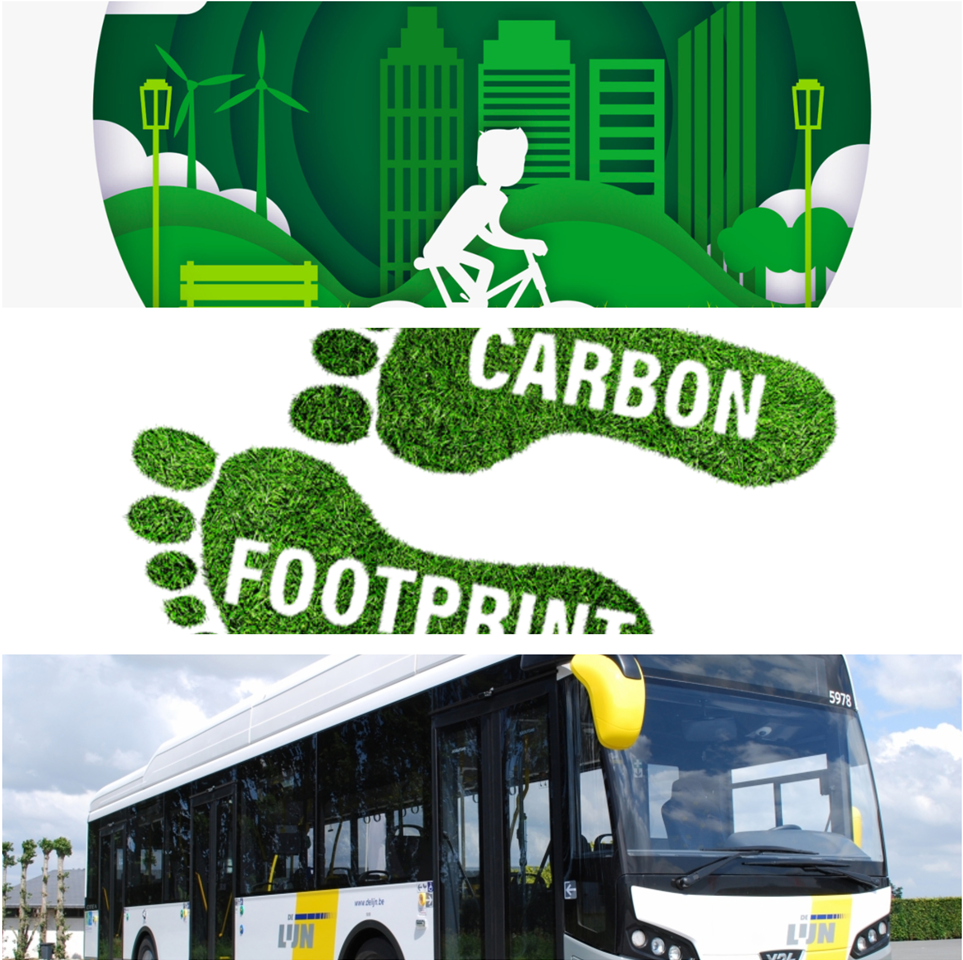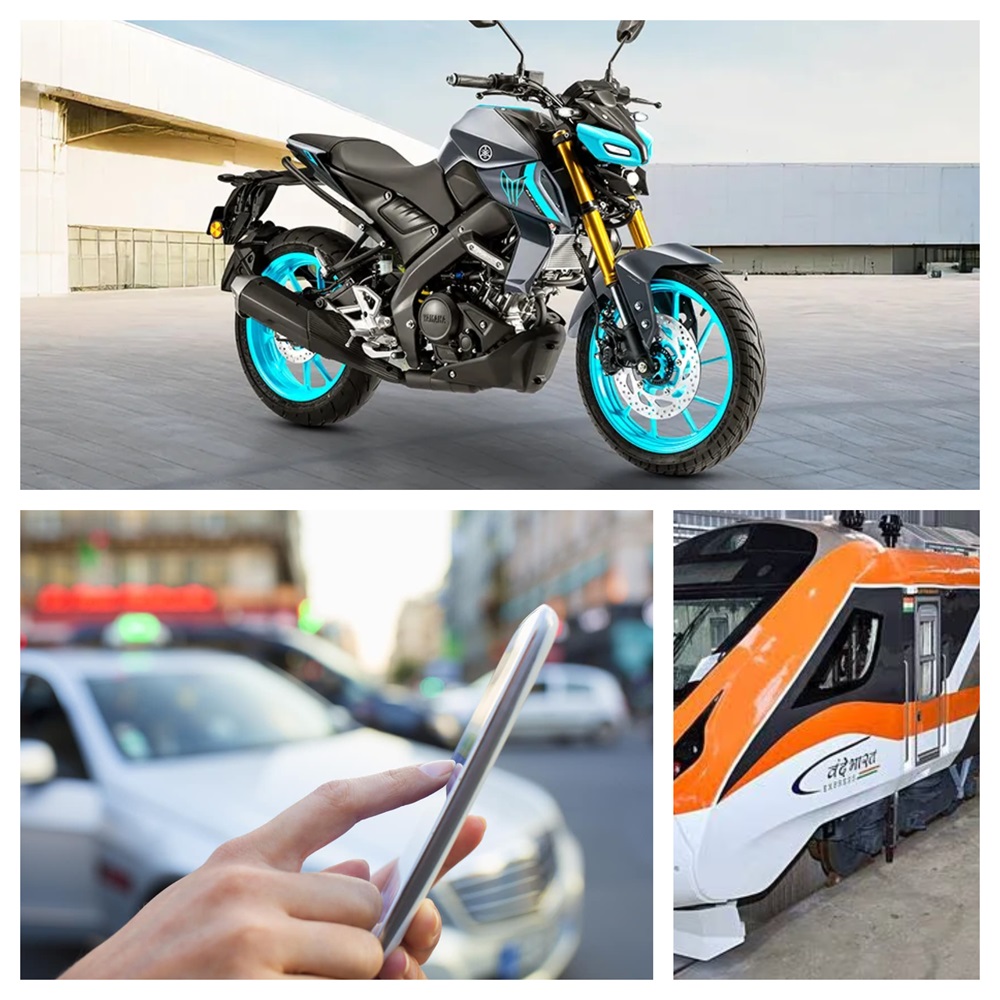Introduction: The Evolution of Public Transit
Public transportation has come a long way over the years. It has gone from horse-drawn carriages to modern bus systems. As cities have grown, the need for efficient, reliable, and accessible public transit has increased.

Technological Advancements in Bus Routing and Scheduling:
One of the most significant developments in the world of public transit has been the use of advanced technologies. Today, bus companies use GPS, data analysis, and smart routing to make their routes and schedules better.This allows them to respond more quickly to changes in traffic patterns, weather conditions, and passenger demand, ensuring that buses are running on time and taking the most efficient paths.
Sustainable and Eco-Friendly Transit Solutions:
Alongside these technological advancements, there has also been a growing focus on sustainability and environmental responsibility in the public transit sector. Many cities are now investing in electric or hybrid buses, which not only reduce emissions but also operate more quietly and efficiently. Additionally, some transit systems are exploring the use of renewable energy sources, such as solar panels, to power their operations, further reducing their carbon footprint.

Enhanced Passenger Experience: Comfort and Accessibility
Improving the overall passenger experience has also become a key priority for public transit. (Future of Bus Routes )Buses are being made more comfortable and accessible, with features like better seating, climate control, and easy boarding. Many transit agencies are also working to make their services more inclusive, with accessible options for individuals with disabilities and multilingual information.
Smart Infrastructure and Integrated Transportation Systems:
The future of public transit is also closely tied to the development of smart city infrastructure and integrated transportation systems. By connecting buses with other modes of transportation, such as trains, bikes, and rideshare services, transit agencies can create an efficient network that makes it easier for people to get where they need to go without relying on personal vehicles.

Conclusion:
As we look to the future, it’s clear that the world of public transit is changing rapidly with even more exciting advancements and improvements. By encouraging new technologies, prioritizing sustainability, and focusing on the needs of passengers, transit providers can help shape the cities of the future to be more livable, accessible, and environmentally responsible.
Rate your experience with the Future of Bus Routes: (click on the stars below)


